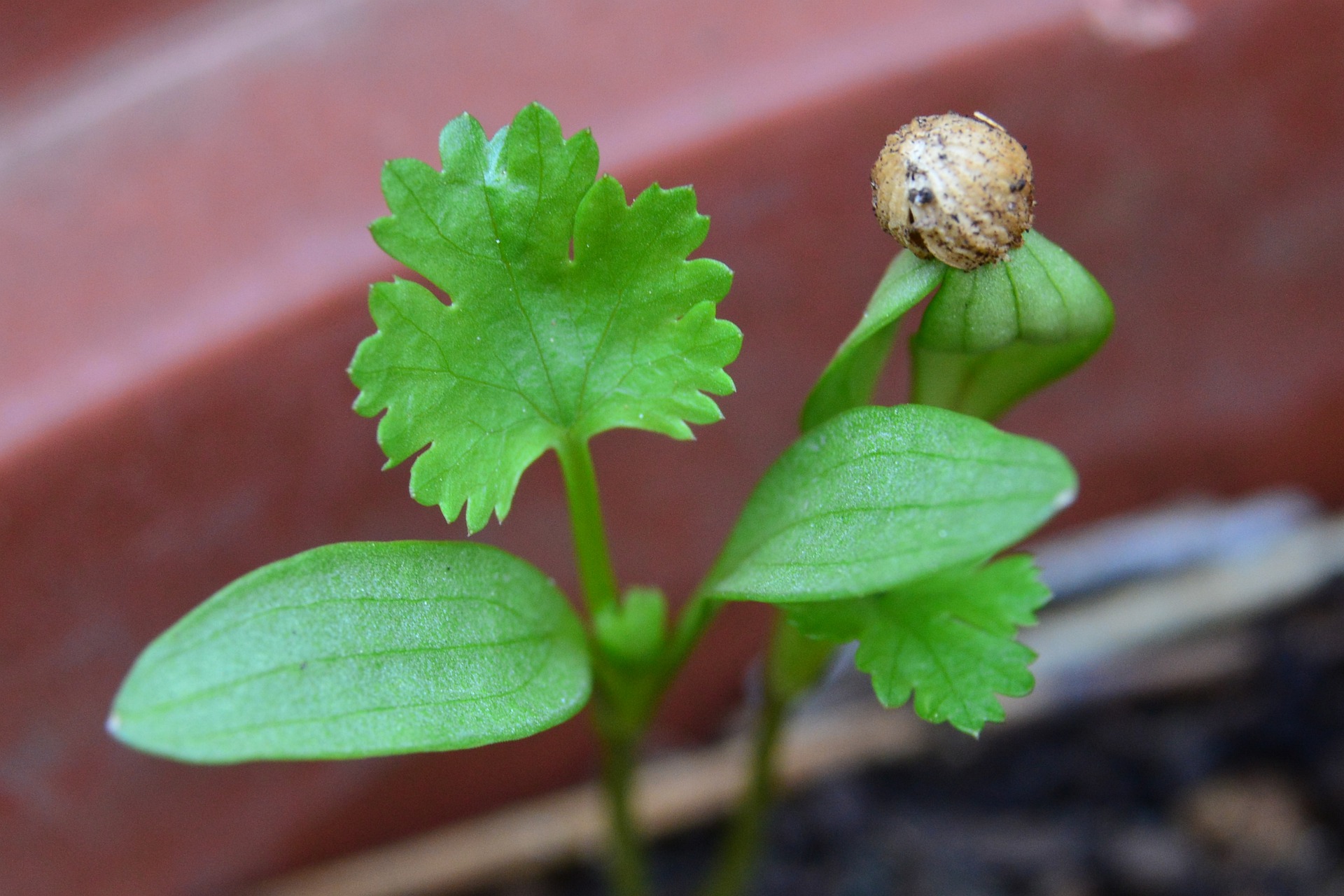Feature by Pravar Mukkala
Coriander, or cilantro (Coriandrum sativum) is a herb in the parsley family. It is related to carrots, cumin, and celery as well. Cilantro inhabited a large area before it was spread by humans; it is native to southern Europe and southwestern Asia, but it is hard to determine where the plant really originated. Cilantro’s history dates back to ancient Egypt and Greece, where it was thought to have medicinal qualities. The plant’s leaves and dried seeds are most often used in cooking.
In the United States, the word “cilantro” is most often used to refer to the leaves of the plant, while “coriander” is used to reference the seeds. The leaves and stem have a fresh, lemony taste to them, while the seeds are even more tart and citrusy.
The stems contain mostly water, and crunch when cut or bitten into. Due to the delicate flavors of the leaves and stems, in most cuisines, these parts of the plant are added to food after cooked as a garnish, or aren’t cooked at all. For example, in Mexican cuisine, cilantro is one of the main ingredients of salsa, which is made by mixing raw tomatoes, onions, and jalapeños. In Indian cuisine, cilantro leaves are used to garnish everything from curries to beaten curd (raita).

Unlike the leaves, coriander seeds are often roasted before use to bring out their flavors. In Indian cuisine, coriander seeds are ground into a powder, which is used alongside cumin powder. Both of these are ingredients of garam masala.
Cilantro leaves, while described as lemony, can taste like soap to some people. The leaves contain a type of chemical called aldehydes, and these specific aldehydes taste like soap. A genetic difference (a variation in a portion of a population’s DNA) allows people to taste these chemicals, resulting in a soapy taste that may not be pleasing. Regardless, cilantro is an extremely common spice, especially in Indian, Mexican, and Middle Eastern food.
It is also one of the easiest herbs to grow in the kitchen garden. Normal coriander seeds bought from the store germinate easily and quickly. The first shoots appear within days and in about 4-6 weeks, the coriander crop is ready for harvesting.
Coriander is called Dhaniya in Hindi and Kotmeer/Kotmiri in Telugu. What is it called in your language?









